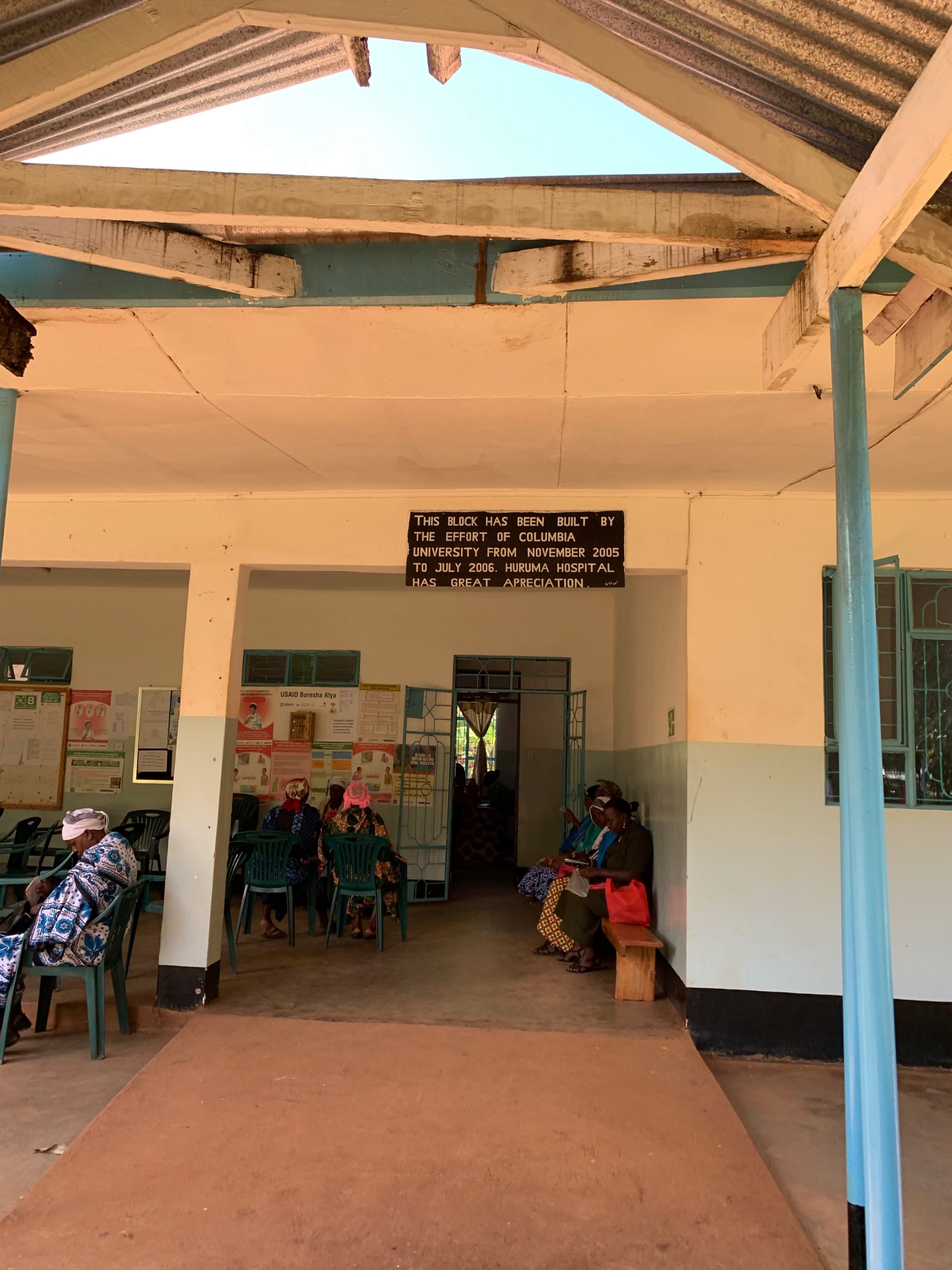The Health of Tanzania (December)
In December 2019, the Rights Writers introduced themselves and their general topic – who are the key actors, what are their goals/incentives, and what are the main debates? (How does the topic relate to human rights specifically?)
The summer after my sophomore year, I packed up my life into a duffle bag to spend two months at a rural hospital in Tanzania fixing medical equipment as a part of DukeEngage. I spent my time between the cities of Arusha and Moshi, and of course my hospital, located about an hour outside of Moshi at the base of Mount Kilimanjaro.

I wanted to immerse myself in Tanzanian culture, and I did. But I was also startled by how much of life there wasn’t exactly Tanzanian. Hubs of Westernized restaurants, internet cafes, and markets thrived on the expatriates and their guilty pleasure purchases of overpriced pizzas and colorful bracelets. More importantly, I noticed that everywhere I went, international influences had already settled into every hospital and the lives of the people who depend on them. Huruma Hospital, where I worked, had an entire outpatient clinic donated by Columbia University (figure 1), and every other hospital I visited depended to some extent on USAID funding to operate (figure 2). I slowly started to realize that the health, and thus the lives, of this nation lied in the hands of foreign aid donors. And this fact alarmed me, as I believe that the right to health is one of the most fundamental and foundational human right we have.
The right to health is fully defined as the right to the enjoyment of the highest attainable standard of physical and mental health. The right was first articulated in the 1946 Constitution of the World Health Organization, and later recognized in the 1948 Universal Declaration of Human Rights and the 1966 International Covenant on Economic, Social and Cultural Rights. Now, in today’s ever-globalizing world, it is important and necessary to understand the role international aid can play in shaping the health of a nation, and how the health of a nation can shape the rights of an individual.
Over the course of Spring semester, I’d like to address the role of international aid in promoting and protecting human rights in Tanzania, particularly at the challenging intersections of development aid and the right to health.

But what exactly is international aid? This question is definitely a difficult one to answer, and likely an impossible one to definitively quantify. International aid can range from monetary donations to nonprofit work to missionary projects to small grassroots campaigns and everything in between. In my writings, I’d like to broadly define international aid as any provision of resources by one country to another, which may entail monetary aid, physical donations, human capital, or other goods and services. Some of the largest organizations that contribute to global health aid include household names like the World Health Organization (WHO), the World Bank, the United Nations (UN), and the Unites States Agency for International Development (USAID), all of who work towards achieving the UN Sustainable Development Goal (SDG) of health and well-being.
Tanzania is a particularly interesting country to look at when considering the ramifications of global aid in promoting human rights. Tanzania is one of the fastest growing economies in Africa, and achieved its status as a middle-income country in 2018. Simultaneously, Tanzania is the second largest aid recipient in sub-Saharan Africa, after Ethiopia. Even if we look at monetary donations alone, it is often difficult to quantify how expansive aid is. USAID estimates that Tanzania has received $26.85 billion between 1990 and 2010, yet the Organization for Economic Co-operation and Development (OECD) estimates that Tanzania received $2.3 billion in aid in 2016 alone. Tanzania is currently requesting $348.41 million in aid for the year 2020, $335.11 million, or 96%, of which is intended for improving healthcare efforts. The fact is, regardless of what the exact numbers are, this amount of money is big enough to have serious consequences on a country in which half of its 57.3 million people live on less than $1.90 a day.
When 95% of local government revenue comes from either the central government or directly from donors, the role of international donors in local decision making processes cannot be overstated. At its best, this can translate into public health efforts that increase standards of living, access to water and sanitation, engagement in civil society and free media, law reform and legal aid. But at its worst, aid can run the risk of distancing citizens from decision making processes that directly influence their right to health, institutionalize human rights violations, and cripple entire nations of people.
In future blogs, I hope to explore issues such as how recent withdrawals of aid in response to anti-LGBT laws have left many HIV+ people helpless, how restrictions on aid have limited the rights of migrant working women to make decisions about their own bodies, and how international aid can help mitigate a culture of corporal punishment and forced expulsion from school as a result of pregnancy.
I had the privilege of living in Tanzania for two months and seeing first-hand how delicate human rights are amid the complex world of health. I had the choice to either feed into unproductive cycles of resource exchange or help foster a stronger culture of protected rights. Since my trip, I’ve involved myself in a research partnership with KCMC Hospital in Moshi, Tanzania and will be returning to Tanzania next summer to conduct research and continue to learn about the nation, its culture, and its people. In the meantime, I look forward to exploring the deep relationships and profound influence global health aid may have on the rights of the people of Tanzania, and how these intricacies reflect on neighboring countries in East Africa, and other low- and middle- income countries throughout the world.
